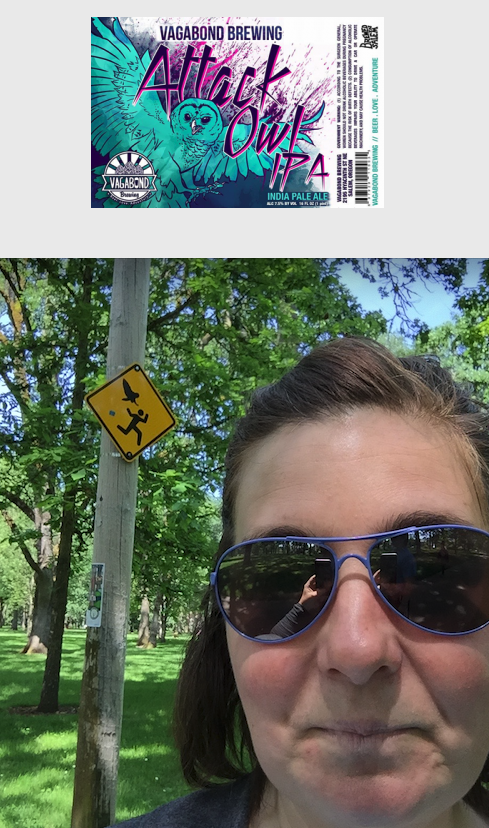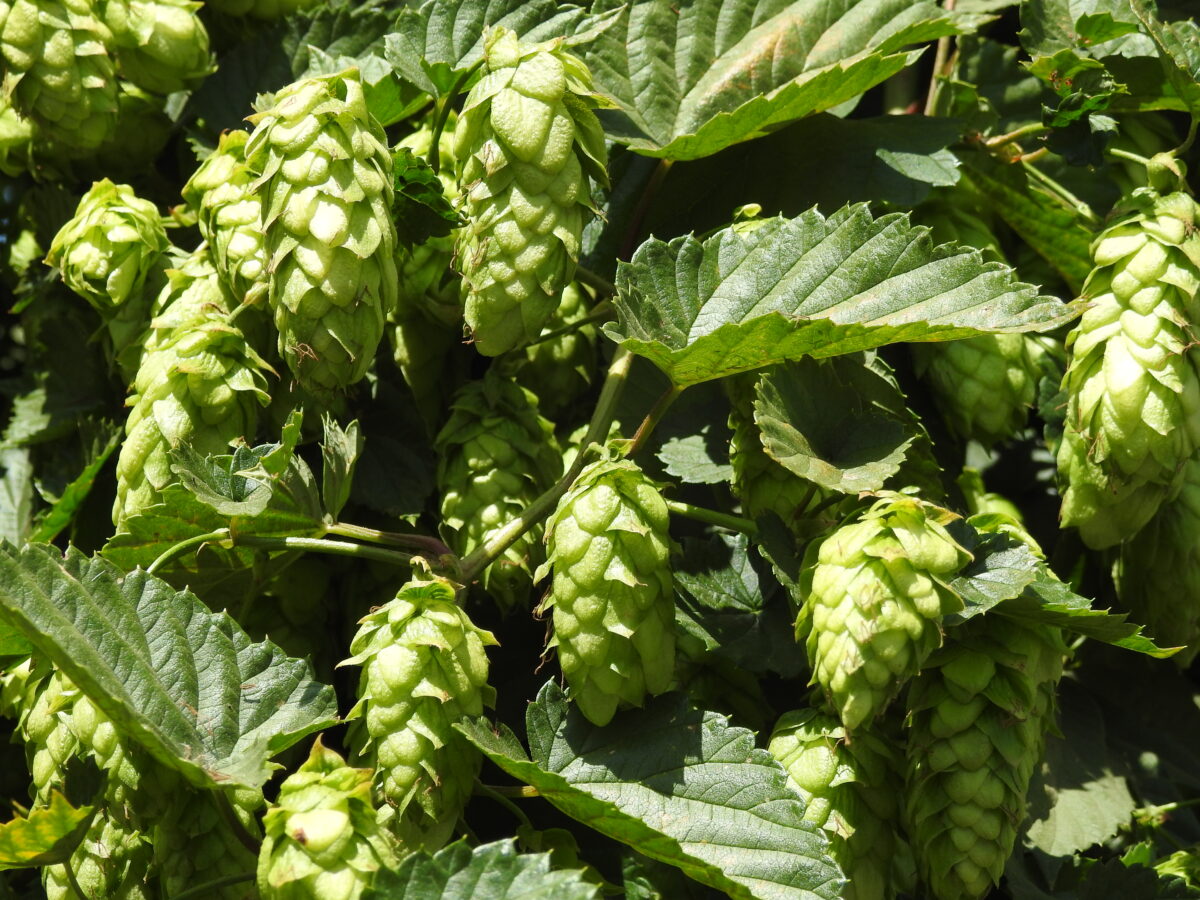Did you know that the modern beer scene in Oregon is less than 40 years old? In this post, you can learn why.
But first, some news. We are uploading our Mount Hood tour to the app store TODAY!!! The one hour drive from downtown Portland to Timberline Lodge and back gives us more of what we love: old growth forests, waterfalls, dramatic mountain views, and volcanic topography. And then there is the hiking… and boating… and biking… and stories! Ok, let’s just get to it!

We had so much fun, and put in a lot of research time, figuring out this story of Oregon beer. It is our longest narration yet at nearly 7 minutes long. And we share it here free! This is only one point of 88 on our new tour. Here we go:
(Imagine you are driving west on I-84 toward Portland) Sticking with me all the way to the end? I knew I liked you. Provided there is little traffic, we have about ten minutes until we reach downtown Portland. There are so many interesting stories of this area to tell but I’m going to have to save most for another time. This upcoming story speaks to a passion of mine, especially post road trip: drinking beer. A quick warning, If it is one of those low traffic days and you are speeding down the highway, you might not get to hear the whole story.

In 2019, (state agency) Travel Oregon and Deschutes Brewery partnered to create the “Slightly Exaggerated IPA”.
Mmm…Mmm… I love a good Oregon beer.
As we learned on our journeys to the Oregon wonders today, the history of this area is complex and riddled with disease and death, settlement and land rights and governmental chaos. The story of beer and other alcohol in Oregon is no different. The Oregon Territory, first settled by white Christian missionaries, is known as the first place to enact prohibition laws in the United States starting in 1844. However, it is likely that the harsh living conditions had the increasing amount of settlers wanting the escape offered by ‘spirits’, and that short lived prohibition was repealed just one year later.
Then again, five years before the national prohibition in 1919, popular vote in Oregon restricted sales, advertisement and manufacturing of alcohol, including beer and wine. This ban led to the death of every successful brewery, except for one: Henry Weinhard’s. The website for Henry Weinhard’s Private Reserve tells us: “Henry Weinhard left Germany in 1856 with nothing but a recipe, a copper kettle and a thirst to share his beers with the people of America.” He is fondly remembered for offering to pump beer into the Skidmore Fountain downtown at its dedication in 1887. His story was one an American immigrant’s dreams are made of: take an idea, find a place to plant it, and watch it grow. By the end of the 19th century, Henry Weinhard’s beer could be found across the United States and across the Pacific Ocean in Asia. He passed away one year before Portland hosted the World’s Fair, also known as the 1905 Lewis and Clark Centennial Exposition. Weinhard no doubt passed away knowing he was leaving behind a lasting legacy… and then everything changed. Thankfully, Weinhard was not alive to witness the near collapse of his beer empire during Prohibition.

Henry Weinhard’s company, and legacy, weathered the Prohibition Era by selling non-alcoholic products like syrups, sodas, fruit juices, and popular for the time: ‘near beer.’ After Prohibition, the company merged, became Blitz-Weinhard and kept brewing beer in downtown Portland until 1999. Only one signature beer, ‘Henry Weinhard’s Private Reserve’, can still be bought today… from MillerCoors. Some of the factory buildings were placed on the National Register of Historic Places, and can still be found at the original site, now known as the Brewery Blocks.
After the Prohibition Era ended in 1933, alcohol production and consumption was monitored by the Oregon Liquor Control Commission, or OLCC. They set up laws with strict requirements which made it difficult for individuals to enter the industry. For fifty more years, beer drinking in Oregon was limited to production from large distributors like Blitz-Weinhard, Olympia and Rainier. Under the OLCC restrictions, home brewers were sharing their creations with friends and family while bootleggers were illegally selling. Not until the mid-1980s did the McMenamin brothers, the Widmer brothers, the Ponzis of BridgePort Brewing, and other beer stakeholders received legislative support for their ‘Brewpub Bill’. This concept of brewpubs finally allowed independent brewers the chance to sell their beer to the public. Now, there are a lot of things to love about the 80s, but the beginning of Oregon craft beer? That has to be my favorite!

Let me first answer the question: what exactly is craft beer? Well, craft beers are usually created by small, independent brewmasters who place an emphasis on the quality and flavor using a variety of ingredients.

Finding fresh hops for the recipe is an important step in creating craft beer. The hop plant, very closely related to the cannabis plant, is used as a preservative and balances out the sweetness of the grain, lending many beers their signature flavors and aromas. For instance, the popular India Pale Ale, or IPA, has an extreme abundance of hops to alter the taste towards bitterness. The symbiotic relationship of Oregon grown hops and brewing has had just as much of an impact on craft beer as did the Brewpub Bill.
For a while, there was friendly competition in pursuit of the hoppiest beer ones taste buds could handle. Oregon craft brewers were hoppy, I mean, happy, to participate, especially since many of the most sought after hops, like the Cascade and Willamette hops, are found in the lush fields of the Pacific Northwest. The Cascade hop plant, named after Oregon’s beloved Cascade Mountain Range, was developed at Oregon State University in the 1960s and has been a large factor in the transformation of the craft beer industry.

Before the Brewpub Bill, there were only around 100 breweries in the United States. By the turn of the 20th Century, that had gone up to one thousand. In 2018, the craft beer industry had grown by over 750%. That’s right; nearly 8,000 breweries!
Getting thirsty and looking for a taproom suggestion? Well, there are just too many to name and I really don’t like to play favorites, especially since I kind of like them all.
As of 2018, the Portland metropolis was home to over 100 craft breweries and over a third of all the breweries in the state. Just one year later, the saturated market saw multiple closures. Most notably was Bridgeport Brewing that had been Oregon’s oldest microbrewery, going back to when it’s founders helped pass the Brewpub Bill in 1984. Their flagship IPA should also forever be remembered as influential in starting the hop revolution.

A good place to learn about Oregon beer is to visit Oregoncraftbeer.org. Of course, a Google map search will probably show you a multitude of brewpubs just a couple minutes away. And while you enjoy sipping your pint of Oregon beer, may you rejoice in the impact of the Brewpub Bill, the craft brewery explosion and the hop revolution. Cheers!
This segment and so much more is best heard and experienced on our GPS audio tour app of Mount Hood and Timberline. While it isn’t out just this second, the app should post any day. In the meantime, you can check out the Oregon Central Cascades Driving Tour between Salem, Eugene, and Bend.

